
 2
2




-Nathanael
 6
6




Idle dreamer
 1
1




Tyler Ludens wrote:Will the manure have time to compost before planting season? If it does, I think you can fill quite large holes with it, let it compost, and then plant directly into it. If the manure won't have time to compost, you can fill pits with the manure and top it off with a few inches of soil, and then plant into that, By the time the plant roots get down to it, the manure will have composted sufficiently. Because manure is high in nitrogen, using this much of it will be best for plants which want a lot of nitrogen to grow and produce.
-Nathanael
 4
4




-Nathanael
 4
4




"The rule of no realm is mine. But all worthy things that are in peril as the world now stands, these are my care. And for my part, I shall not wholly fail in my task if anything that passes through this night can still grow fairer or bear fruit and flower again in days to come. For I too am a steward. Did you not know?" Gandolf





Some places need to be wild
 6
6




Idle dreamer
 3
3




-Nathanael




 methane???.
methane???.
 2
2




"The rule of no realm is mine. But all worthy things that are in peril as the world now stands, these are my care. And for my part, I shall not wholly fail in my task if anything that passes through this night can still grow fairer or bear fruit and flower again in days to come. For I too am a steward. Did you not know?" Gandolf
 3
3





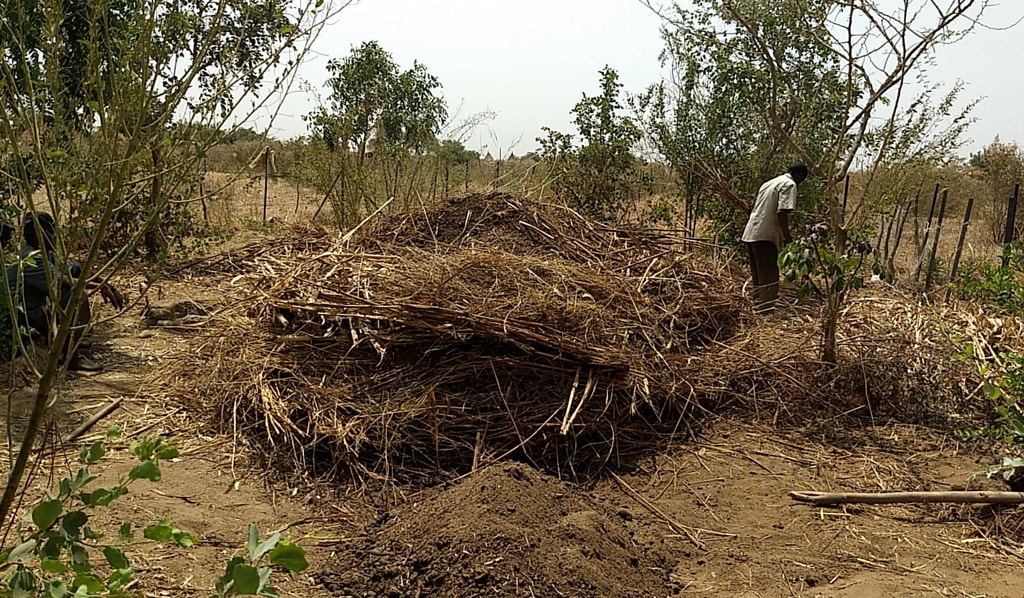
-Nathanael
 3
3




 3
3




C. E. Rice wrote:Are you familiar with Geoff Lawton's banana circles? Do banana trees grow/survive there? if so...
You could do a banana circle with the manure added periodically in the middle. adding browns also on top of the manure each time it is added.
Difficult terrain there. but i can see you are making small improvements!
And... Glad the ground is sandy... for digging shallow trench... it shouldn't be as hard as digging into clay or hardpan!
-Nathanael
 3
3




C. E. Rice wrote:.
My concern is that a pit of manure... in addition to being hard to dig a pit.... could be smelly pits of anaerobic muck. not very nice or helpful.
Idle dreamer
 5
5








Support Ant Village Lot Efforts On Narrow Pond
Respect your superiors...if you have any. Mark Twain










 3
3




Some places need to be wild




Wayne Mackenzie wrote:With an NPK of 3.6/0.15/0.5 and very slow release, I’d be mixing those peanut shells into my woodchips like a madman.
Talk about an awesome mulch.
-Nathanael




-Nathanael




Eric Hanson wrote:Nathanael,
Judging from your pictures it appears that you have a lot of browns laying about. Any chance that you could mix some of that in with the manure?
Eric
-Nathanael










 2
2




Some places need to be wild
 3
3




Nathanael Szobody wrote:..... and when I dug into an aged pile I found it nicely moist only one foot down. It hasn't rained since October!!
Nathanael Szobody wrote:So why plant nitrogen fixing trees when I have so much manure available? Shouldn't I go directly into fruit tree polycultures?
Nathanael Szobody wrote:You suggest topping the peanut shells with manure; is that better than just mixing them?
Support Ant Village Lot Efforts On Narrow Pond
Respect your superiors...if you have any. Mark Twain
 2
2




Healing our earthmother. Formerly Bryant Redhawk














Some places need to be wild














Some places need to be wild




Eric Hanson wrote:RedHawk,
Will the same fungi that we are using here work for a manure pile in an arid area? If so, then I totally see a lot of potential.
Eric
Healing our earthmother. Formerly Bryant Redhawk




B Redhawk wrote:hau, May I recomend adding fungi to any piles of manure, that will rot the manure which will make it better for direct use every where. Browns to manure can be 1:1 wvhen fungi are present. As Tyler brought up a capping of soil willl keep carbon from escaping readily.
Redhawk
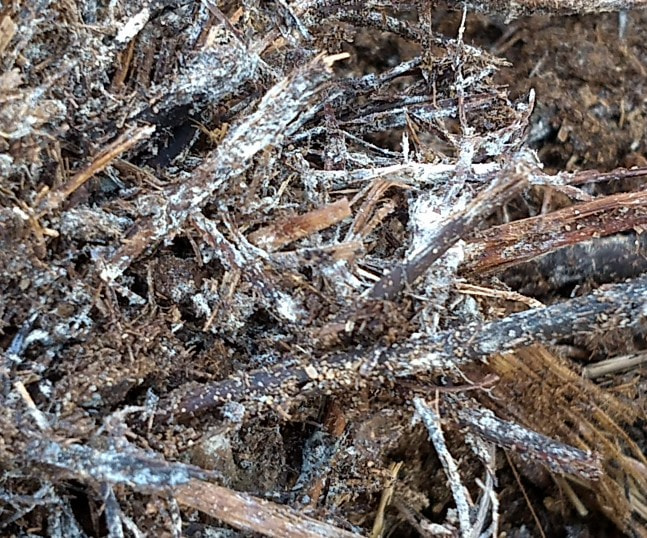
-Nathanael










 1
1




Some places need to be wild




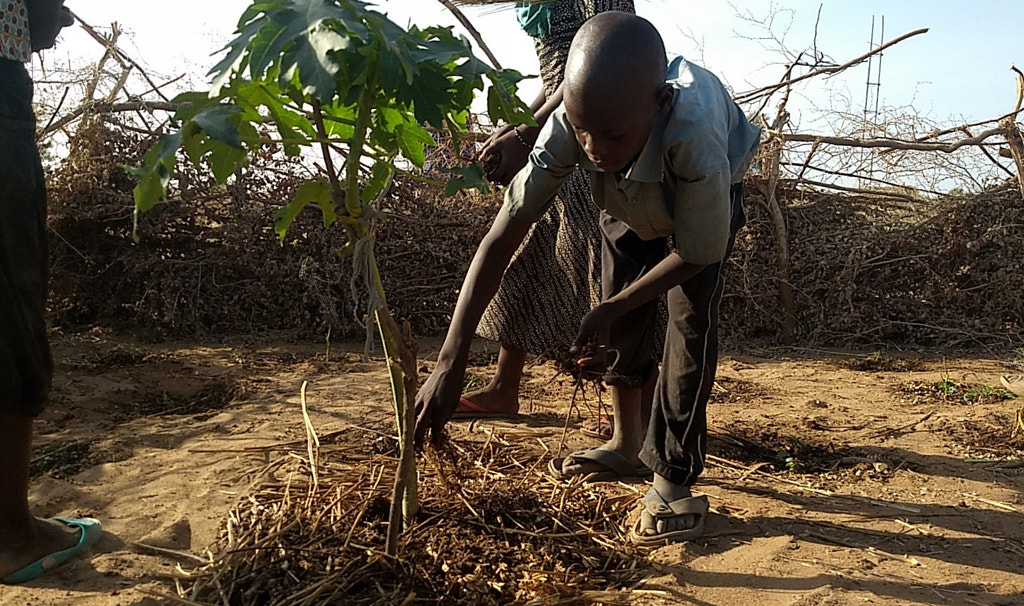
-Nathanael














Some places need to be wild














Some places need to be wild
 2
2




-Nathanael




Eric Hanson wrote:Nathanael,
It looks to me like you are blessed with compost! By the way, am I seeing a huge compost pile in the background? If not, are those browns you can utilize?
Eric
-Nathanael










 2
2




Some places need to be wild




Eric Hanson wrote:Nathanael,
I was wondering about that. I have to say that you appear to work extremely well with the resources you have. I am pretty sure that if I were to take a look at your site that I would overlook resources obvious to you. I congratulate you on your ingenuity.
Eric
-Nathanael
 1
1




Nathanael Szobody wrote:These are just the sort of suggestions I was looking for! I use peanut shells for my humanure composting. Two years later the shells haven't gone yet. That is UNHEARD of for any other organic material in this termite capital of the world. I do use them for mulch in my garden. Is great for keeping the moisture in. But I don't use them broadly because they're such a nuisance in one's sandals. And barefoot they feel quite sharp.
I like the idea of manure and peanut shells trenches. The digging is the down side. That might be the perfect system for tubers. Hmmm, not sanitary though. Maybe sesame seeds first year, tubers second year.
If I could crush up the shells that would be a no-brainer, but I have no mechanical equipment.
I'll post some pics when I do something.
Let me know what else you dream up :-)
 1
1




B Redhawk wrote:hau, May I recomend adding fungi to any piles of manure, that will rot the manure which will make it better for direct use every where. Browns to manure can be 1:1 wvhen fungi are present. As Tyler brought up a capping of soil willl keep carbon from escaping readily.
Redhawk
Healing our earthmother. Formerly Bryant Redhawk
Support Ant Village Lot Efforts On Narrow Pond
Respect your superiors...if you have any. Mark Twain




Creating edible biodiversity and embracing everlasting abundance.
 4
4




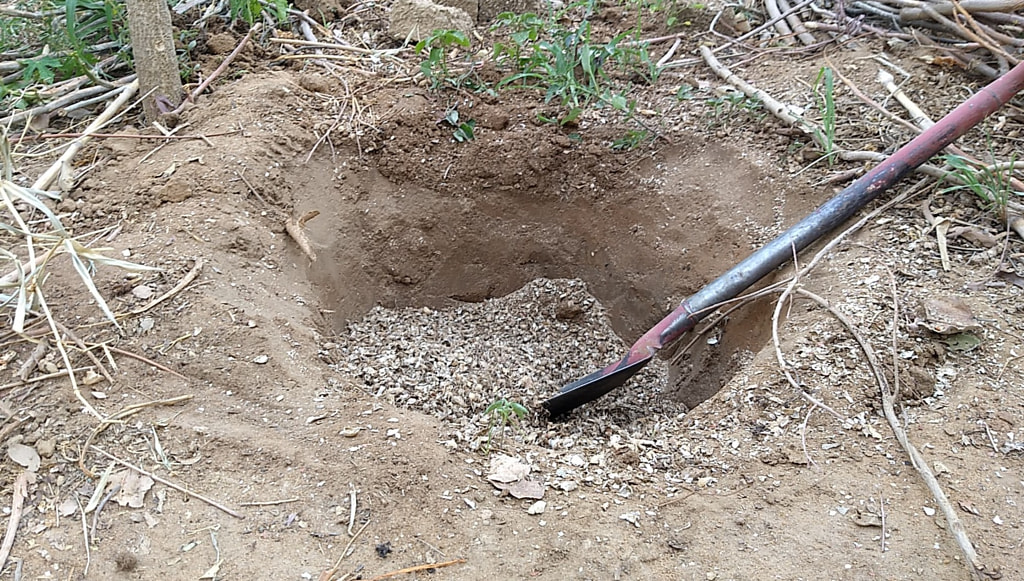
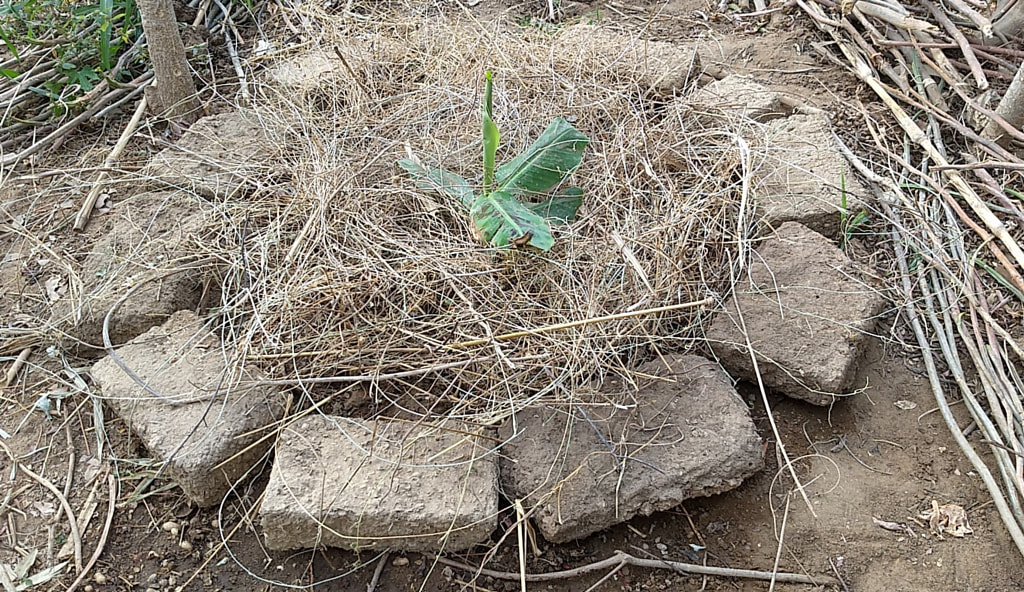
-Nathanael
 3
3




Hugo Morvan wrote:Nathanael Szobody, you said the peanuts don't compost well in humanure. I wondered if there is no fungicide used on them? Because if so that would explain the slow decay, the fungi eating the peanut would get hurt or slowed down at least. I can imagine that to be the case if you grow many many peanuts under ground. Best of luck!
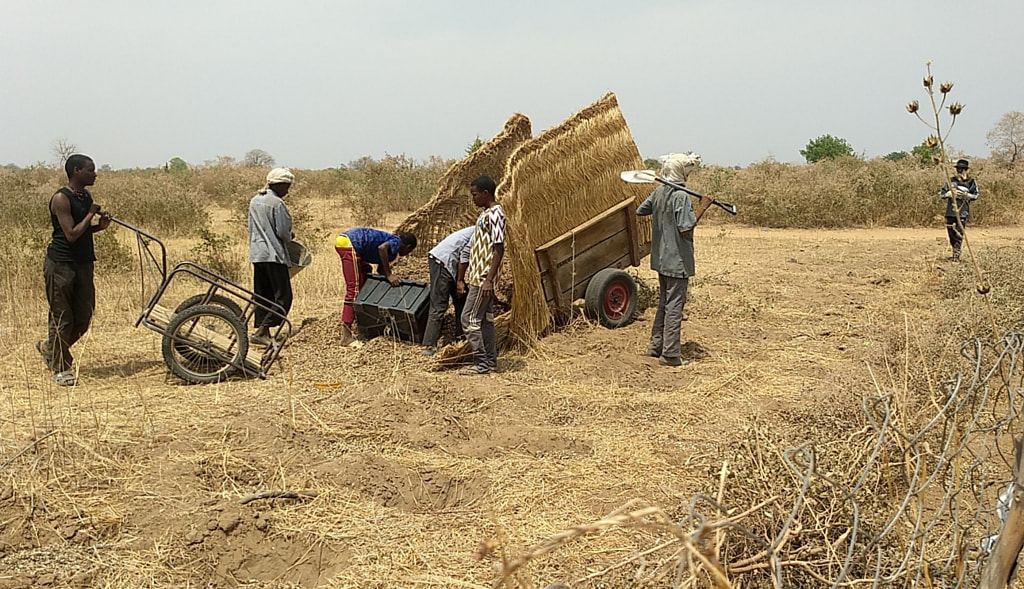
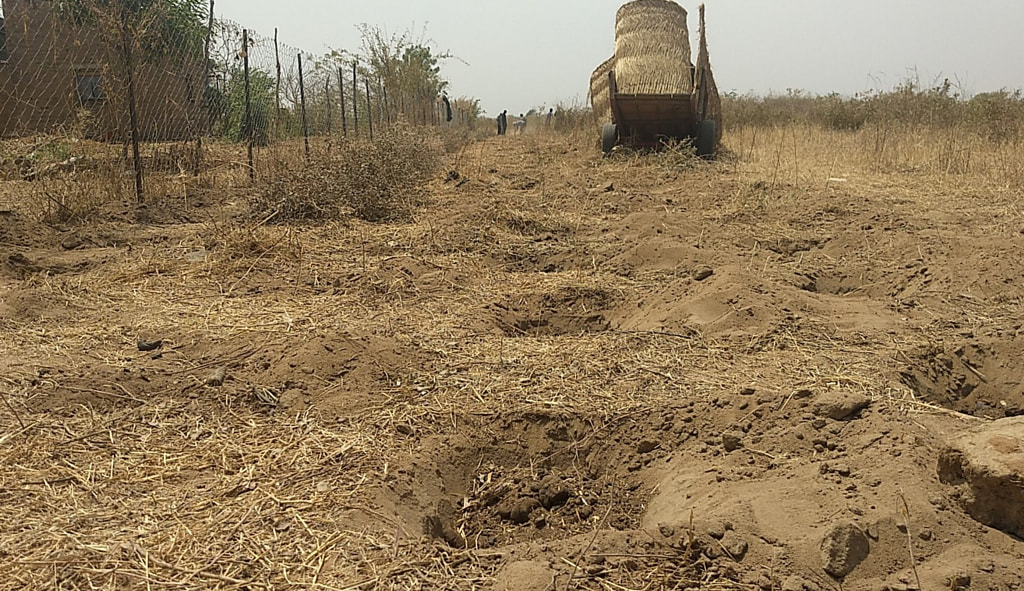
-Nathanael




